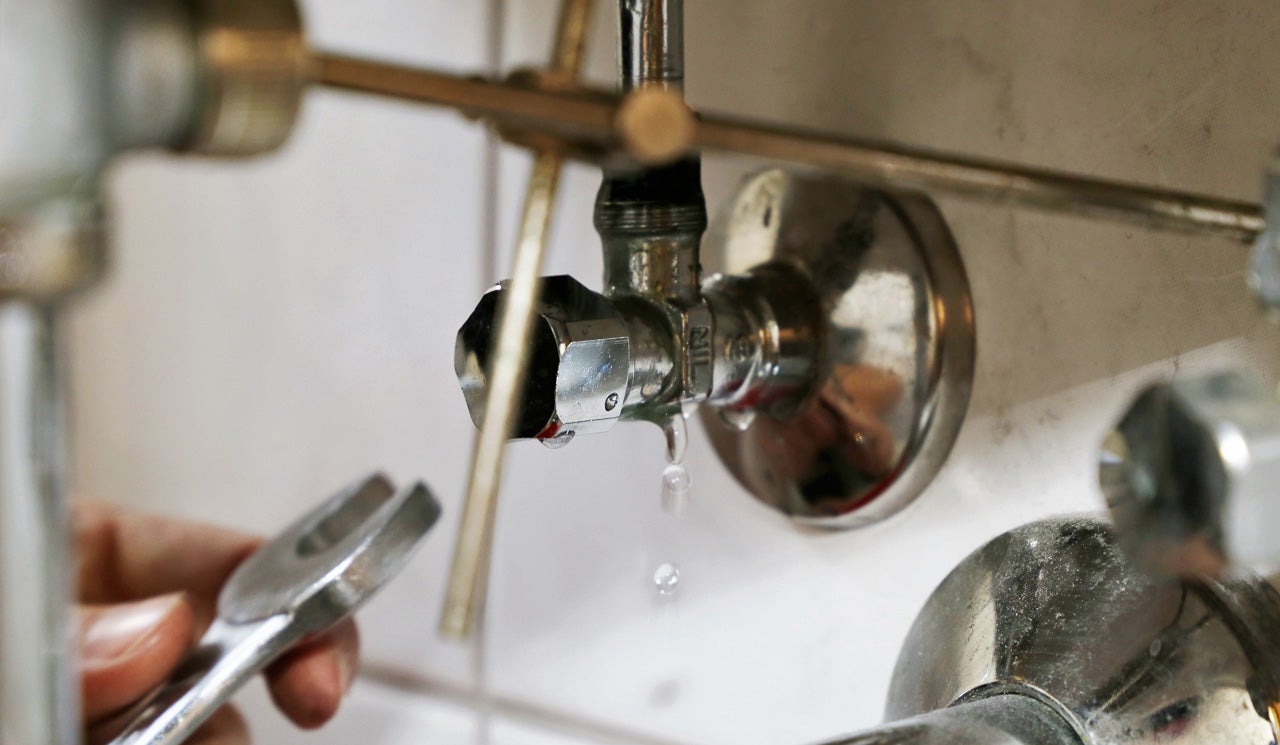Just how to Check If Your Home Has a Covert Leak
Just how to Check If Your Home Has a Covert Leak
Blog Article
Everybody is bound to have his or her own perception involving Finding hidden leaks.
.jpg)
Early discovery of leaking water lines can alleviate a prospective calamity. Some little water leakages might not be visible.
1. Analyze the Water Meter
Every home has a water meter. Inspecting it is a guaranteed manner in which aids you uncover leakages. For beginners, shut off all the water resources. Make sure no person will certainly purge, utilize the faucet, shower, run the cleaning machine or dishwasher. From there, most likely to the meter and also watch if it will alter. Since no one is using it, there should be no movements. That shows a fast-moving leak if it moves. If you detect no modifications, wait a hr or 2 and also examine back once more. This indicates you may have a slow leakage that could also be underground.
2. Inspect Water Intake
If you detect sudden adjustments, despite your consumption being the same, it implies that you have leakages in your plumbing system. An abrupt spike in your bill indicates a fast-moving leakage.
A steady rise every month, even with the exact same habits, reveals you have a slow-moving leakage that's additionally slowly intensifying. Call a plumber to completely inspect your residential or commercial property, specifically if you feel a warm location on your floor with piping underneath.
3. Do a Food Coloring Test
When it comes to water usage, 30% comes from commodes. If the color in some way infiltrates your bowl during that time without flushing, there's a leakage between the storage tank as well as bowl.
4. Asses Exterior Lines
Don't forget to inspect your exterior water lines also. Ought to water leak out of the connection, you have a loosened rubber gasket. One small leakage can throw away tons of water and also spike your water bill.
5. Assess the situation and evaluate
House owners need to make it a habit to check under the sink counters and also inside closets for any bad odor or mold development. These 2 red flags suggest a leak so timely focus is required. Doing regular assessments, also bi-annually, can conserve you from a major trouble.
If you know your home is currently old, keep a watchful eye on your heating systems, tubes, pipes and so on. Look for stainings and also deteriorating as a lot of appliances as well as pipes have a life expectancy. They will additionally naturally wear away due to tear as well as wear. If you presume dripping water lines in your plumbing system, don't await it to intensify. Call a specialist plumber immediately so you don't wind up with an awful mess in your home.
Early discovery of dripping water lines can mitigate a potential disaster. Some small water leakages may not be noticeable. Checking it is a guaranteed method that helps you discover leakages. One small leak can waste lots of water and also spike your water costs.
If you presume dripping water lines in your plumbing system, don't wait for it to rise.
WARNING SIGNS OF WATER LEAKAGE BEHIND THE WALL
PERSISTENT MUSTY ODORS
As water slowly drips from a leaky pipe inside the wall, flooring and sheetrock stay damp and develop an odor similar to wet cardboard. It generates a musty smell that can help you find hidden leaks.
MOLD IN UNUSUAL AREAS
Mold usually grows in wet areas like kitchens, baths and laundry rooms. If you spot the stuff on walls or baseboards in other rooms of the house, it’s a good indicator of undetected water leaks.
STAINS THAT GROW
When mold thrives around a leaky pipe, it sometimes takes hold on the inside surface of the affected wall. A growing stain on otherwise clean sheetrock is often your sign of a hidden plumbing problem.
PEELING OR BUBBLING WALLPAPER / PAINT
This clue is easy to miss in rooms that don’t get much use. When you see wallpaper separating along seams or paint bubbling or flaking off the wall, blame sheetrock that stays wet because of an undetected leak.
BUCKLED CEILINGS AND STAINED FLOORS
If ceilings or floors in bathrooms, kitchens or laundry areas develop structural problems, don’t rule out constant damp inside the walls. Wet sheetrock can affect adjacent framing, flooring and ceilings.
https://www.servicemasterbyzaba.com/blog/how-to-detect-water-leakage-in-walls/

I ran across that article about Detecting hidden plumbing leaks while browsing on the search engines. Sharing is caring. Helping people is fun. Thanks a lot for taking the time to read it.
Report this page